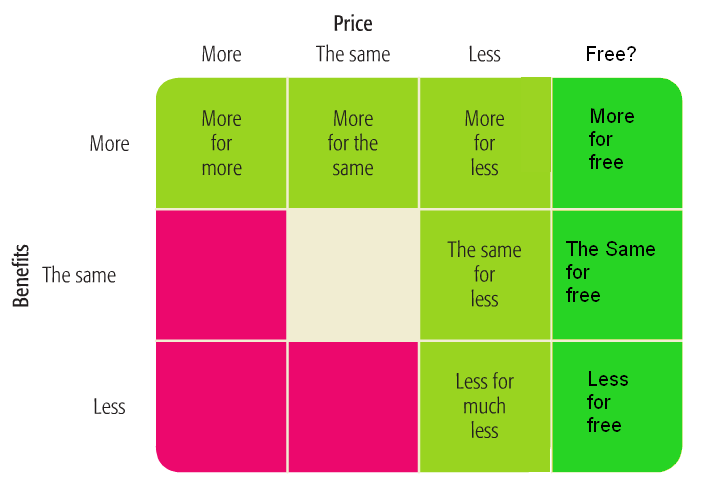
After Google’s recent privacy policy change to unify user data from multiple Google services such as Gmail, Calendar, YouTube and Google+ into one, they have suffered much criticism from consumers, experts, and governments. They have always been releasing videos ensuring how they are “focused on protecting the user”, but I feel increasingly cynical about these ads as Google, once again, got caught for circumventing privacy settings (What happened to their motto, “Don’t be evil”?). As Brandchannel points out, no matter how well Google sells their dedication in protecting user privacy, people will not be convinced as there will be always privacy leaks as companies have incentive to workaround privacy. To gain consumer trust, perhaps Google could be more “flawsome” by becoming more transparent about their privacy problems. It might be better than describing their intricate processes in protecting user privacy that did not work. This tactic may be able to give the trust that Google needs under so much controversy as it is much easier for people to believe a flawed character rather than a perfect one.

